The sound of a horse's hooves is one of nature's most enchanting and most unforgettable melodies.
Front (left) and hind (right) footprints of barefoot mare, 1 year after de-shoeing.
Monfalcone, Gorizia province, northeastern Italy: Alessandro Brollo (Alex brollo), CC BY SA 4.0, via Wikimedia Commons @ https://commons.wikimedia.org/wiki/File:Bare_hooves_prints.jpg
Pawnees rode and raised horses, favoring Pintos and Appaloosas.
Pinto (left) with leopard-spotted Appaloosa (right): Jean-Pol GRANDMONT, CC BY 3.0, via Wikimedia Commons @ https://commons.wikimedia.org/wiki/File:Gedinne_050717_(1).JPG
Basque horses: Pottokas
Bianditz mountain, Gipuzkoa, Basque Country: Orereta, CC BY SA 4.0, via Wikimedia Commons @ https://commons.wikimedia.org/wiki/File:Pottokak_Bianditzen_2.JPG
Bashkir horses
Southern Urals, western Russia: Mitic, CC BY SA 3.0, via Wikimedia Commons @ https://commons.wikimedia.org/wiki/File:Bashkir_horse.JPG
one of Albania's five kinds of horses: crossbreeding of Austria's Haflinger horses with Albanian mountain horses
Haflinger horses display close similarities in coloring and profile.: Julian Berry, CC BY SA 2.0, via Wikimedia Commons @ https://commons.wikimedia.org/wiki/File:Hafling_Horses.jpg
Marwari horse with characteristic inward-curving ears
village east of Jodhpur, central Rajasthan, northwestern India: T.L. Thompson, CC BY SA 2.0, via Wikimedia Commons @ https://commons.wikimedia.org/wiki/File:Rajasthan_Horses,_Village_east_of_Jodhpur.jpg; TL Thompson, CC BY SA 2.0, via Flickr @ https://www.flickr.com/photos/44400031@N06/4094788406
Caspian horse in playful turnout
BGD Ranch, Province of Alberta, western Canada: Kerri-Jo Stewart from Vancouver, Canada, CC BY 2.0, via Wikimedia Commons @ https://commons.wikimedia.org/wiki/File:BGD_Ranch's_Caspians.jpg
Magic of horses in "Magic Hoofbeats": The so-called ugly appearance of táltos horse in "The Taltos Horse" belies equine attributes, such as wisdom of Shagya Arabian, breed developed in Austro-Hungarian Empire during 19th century.
high-carried tail of Shagya Arabian; "une jument shagya grise" ("a gray Shagya mare"): Véronique Mestre Gibaud (Association française du Cheval Arabe-Shagya), CC BY SA 3.0, via Wikimedia Commons @ https://commons.wikimedia.org/wiki/File:Jument-3-sh.JPG
In addition to children's stories such as "Magic Hoofbeats," Josepha Sherman wrote in other genres.
Josepha also excelled in fantasy/science fiction writing, contributing to novels spinning off television series such as Buffy the Vampire Slayer and Star Trek.
"Spacer's Gamble" by Josepha Sherman appeared in Space and Time, issue 110 (spring 2010).: Dr Umm (cdrummbks), CC BY 2.0, via Flickr @ https://www.flickr.com/photos/cdrummbks/4412090222/
Josepha Sherman's science fiction shorts regularly appeared in Space and Time, a magazine of speculative fiction, founded in 1966, which became quarterly in 2008.
"Birdie" by Josepha Sherman appeared in Space and Time, issue 103 (spring 2008).: Dr Umm (cdrummbks), CC BY 2.0, via Flickr @ https://flickr.com/photos/cdrummbks/2883548900/in/photolist-ow3eat-7HT7H5-5oNWCm


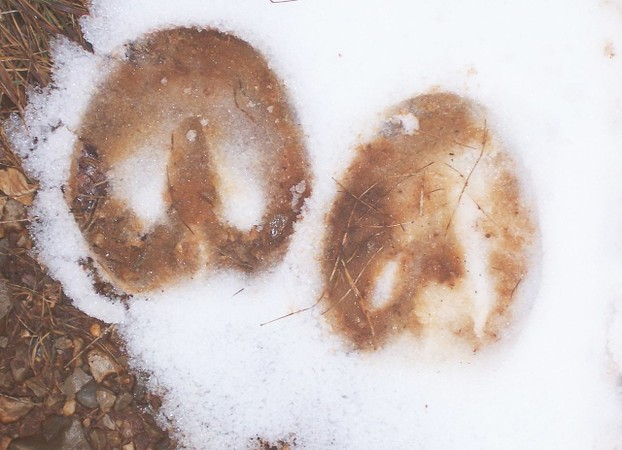
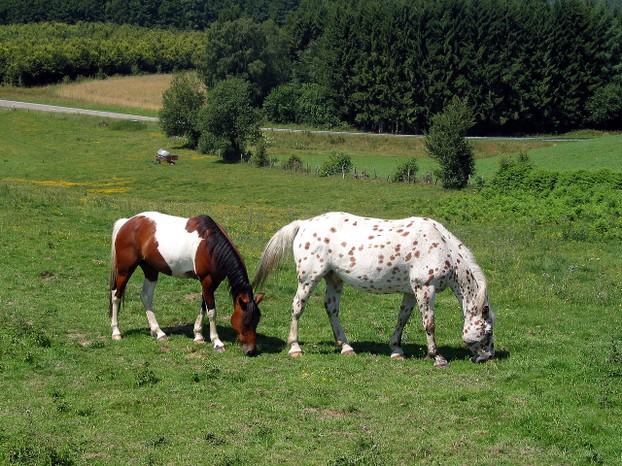
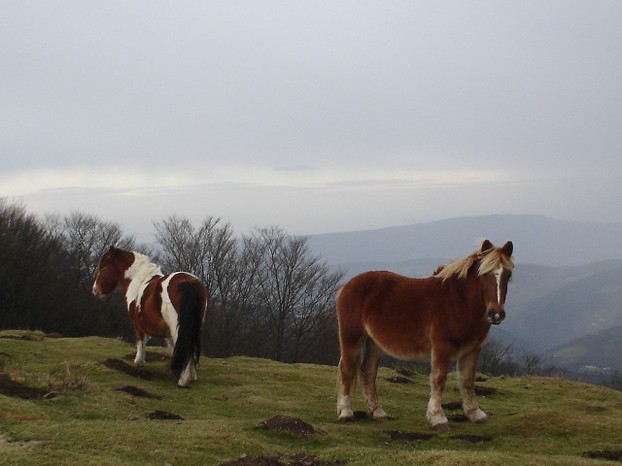
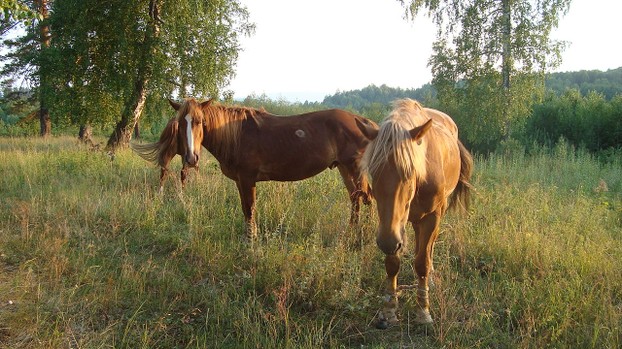
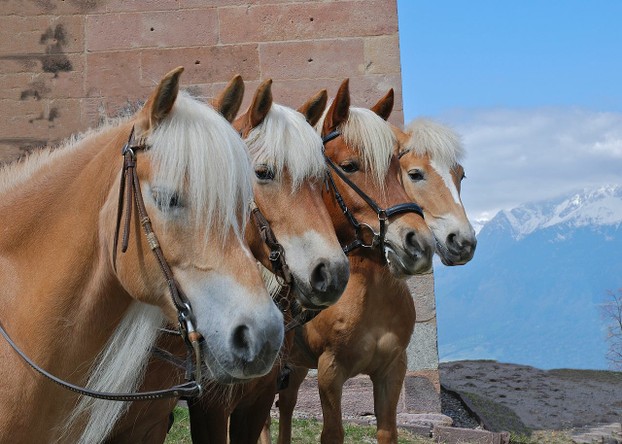
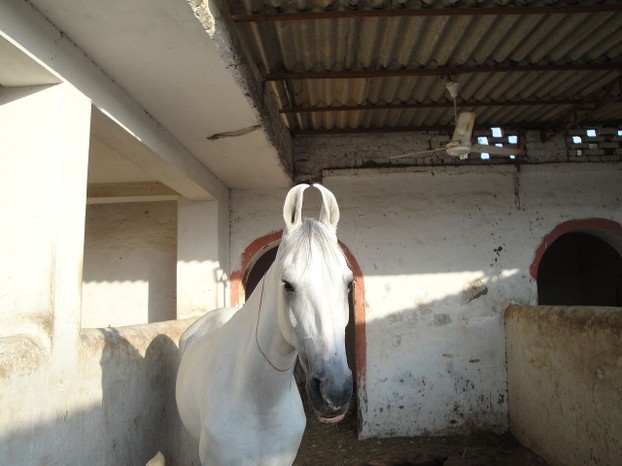
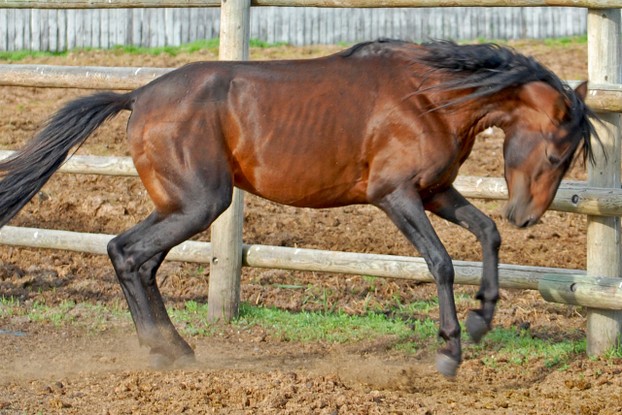
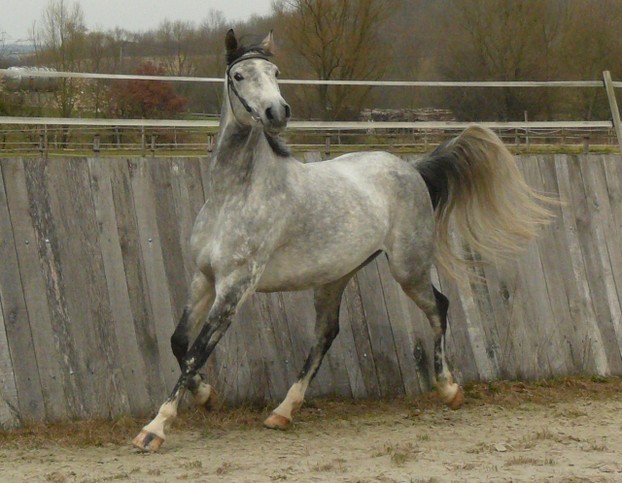
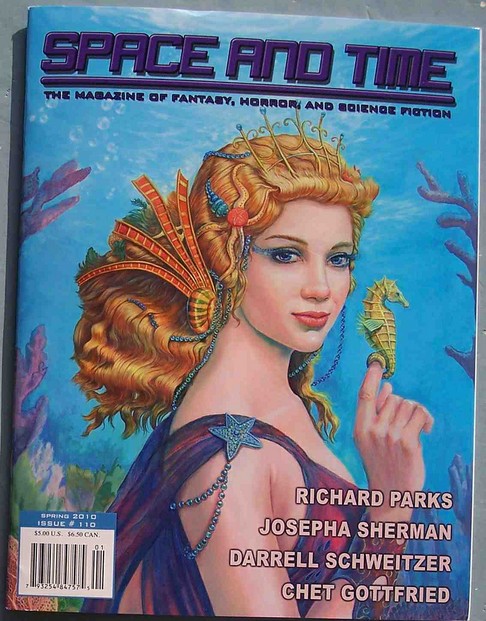
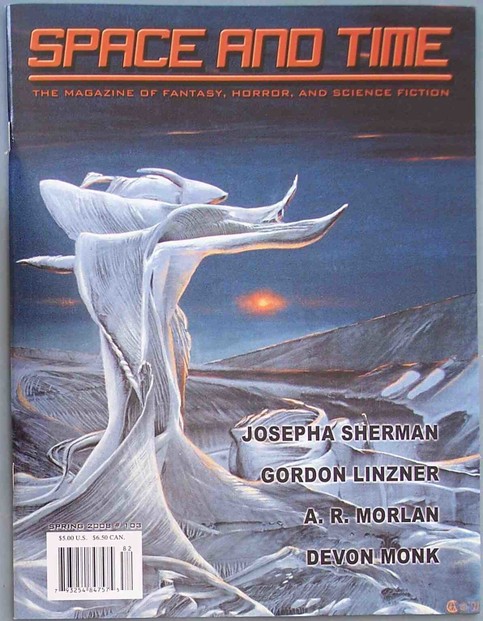
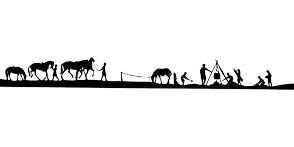


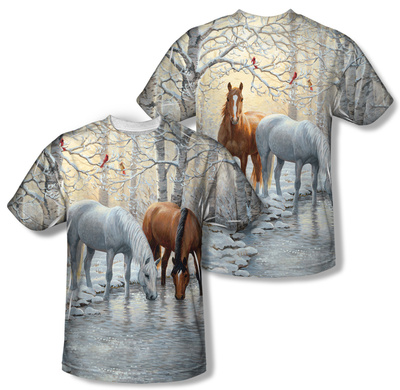

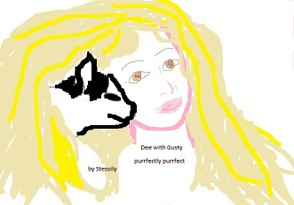
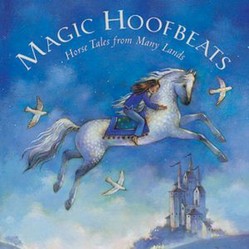

 Are Hawaiian Huakai Po Nightmarchers Avenging Halloween Thursday?on 10/02/2024
Are Hawaiian Huakai Po Nightmarchers Avenging Halloween Thursday?on 10/02/2024
 Mailing Addresses for 2023 Form 4868 Extending 1040 and 1040SR April 15, 2024, Due Dateon 04/15/2024
Mailing Addresses for 2023 Form 4868 Extending 1040 and 1040SR April 15, 2024, Due Dateon 04/15/2024
 Mailing Addresses for 2023 Forms 1040 and 1040SR Filed in 2024on 04/15/2024
Mailing Addresses for 2023 Forms 1040 and 1040SR Filed in 2024on 04/15/2024
 Mailing Addresses for 2022 Form 4868 Extending 1040 and 1040SR April 18, 2023, Due Dateon 04/13/2023
Mailing Addresses for 2022 Form 4868 Extending 1040 and 1040SR April 18, 2023, Due Dateon 04/13/2023

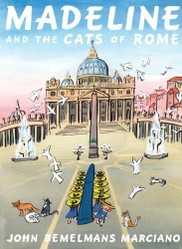
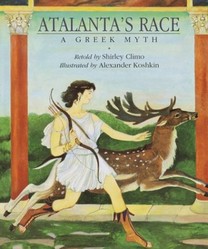
Comments
burntchestnut, Yes, horses do seem magical. I also enjoyed the Black Stallion books.
It's interesting to see, via Josepha Sherman's book, the way in which horses are viewed worldwide.
There is something magical about a horse. I read the Black Stallion books when I was a kid back in the 1960s.